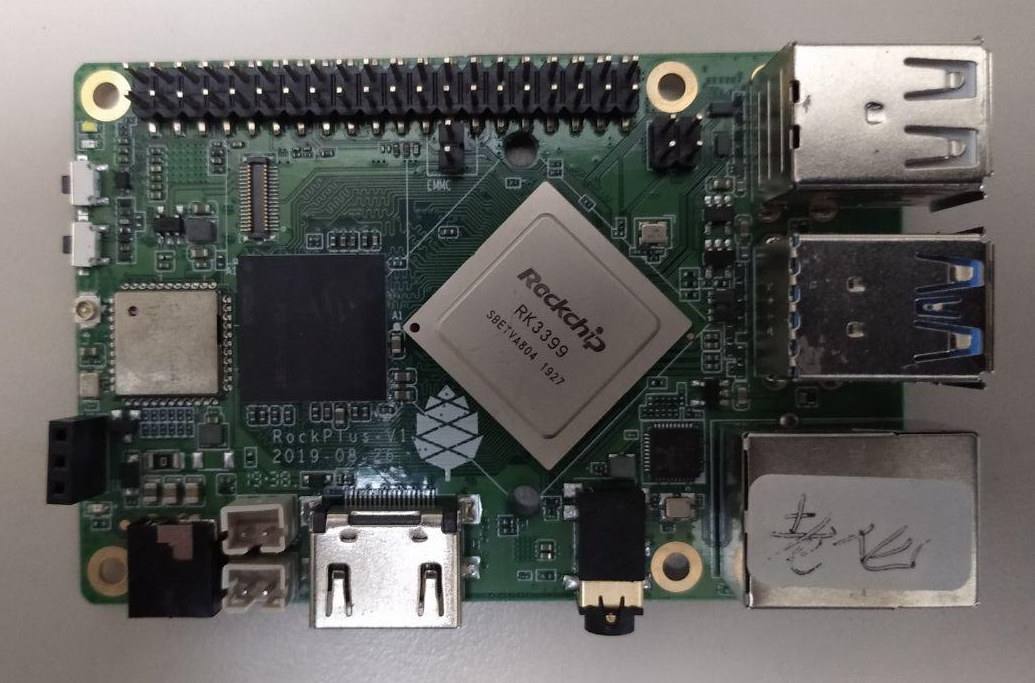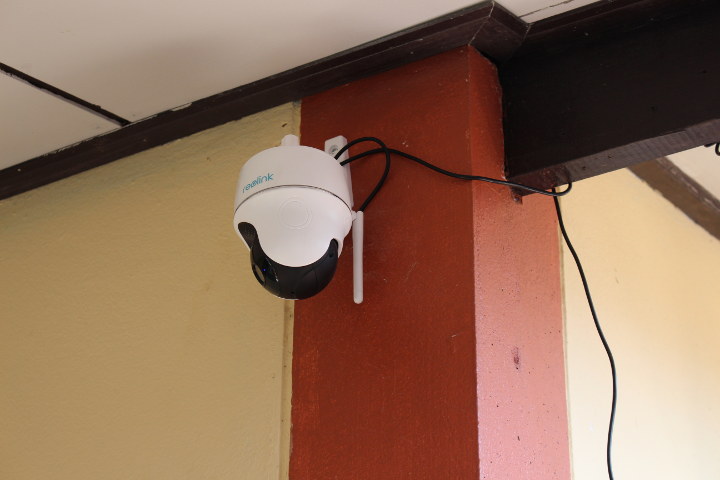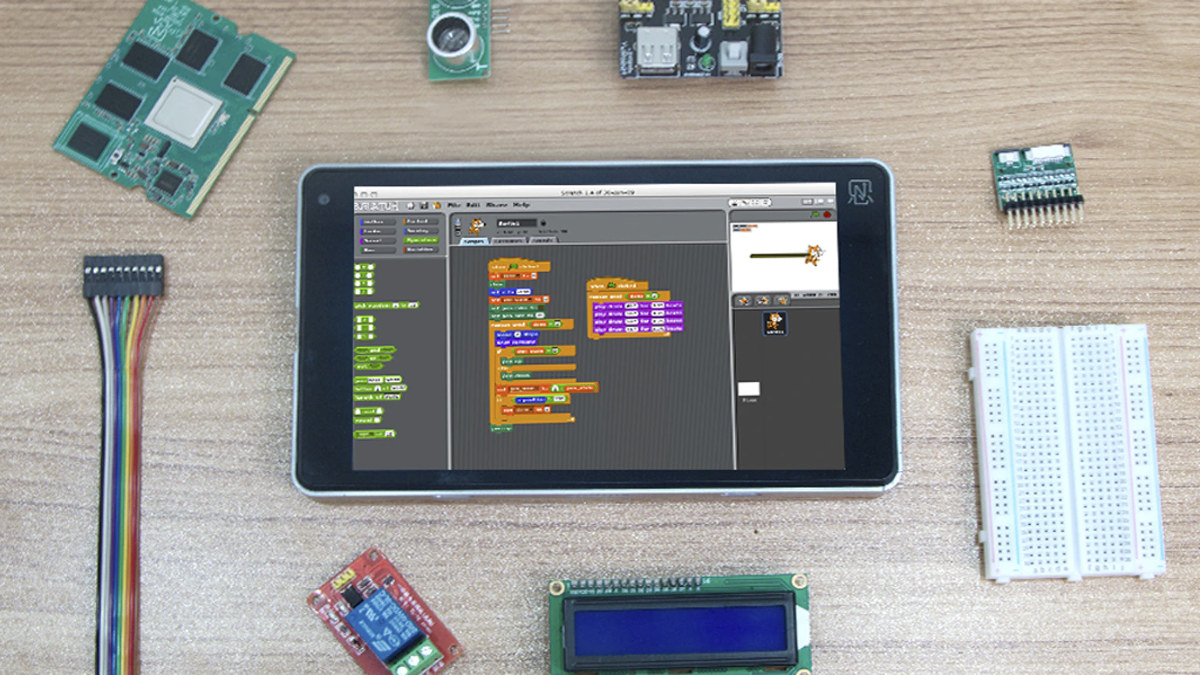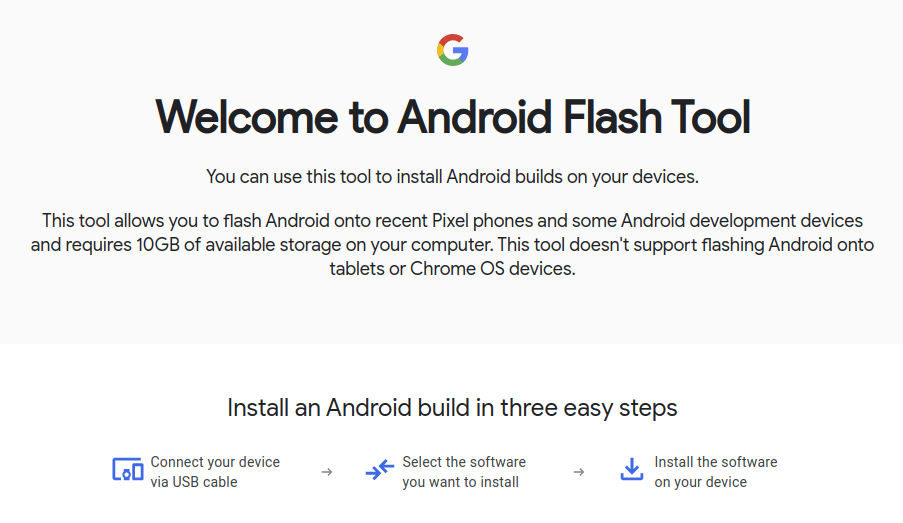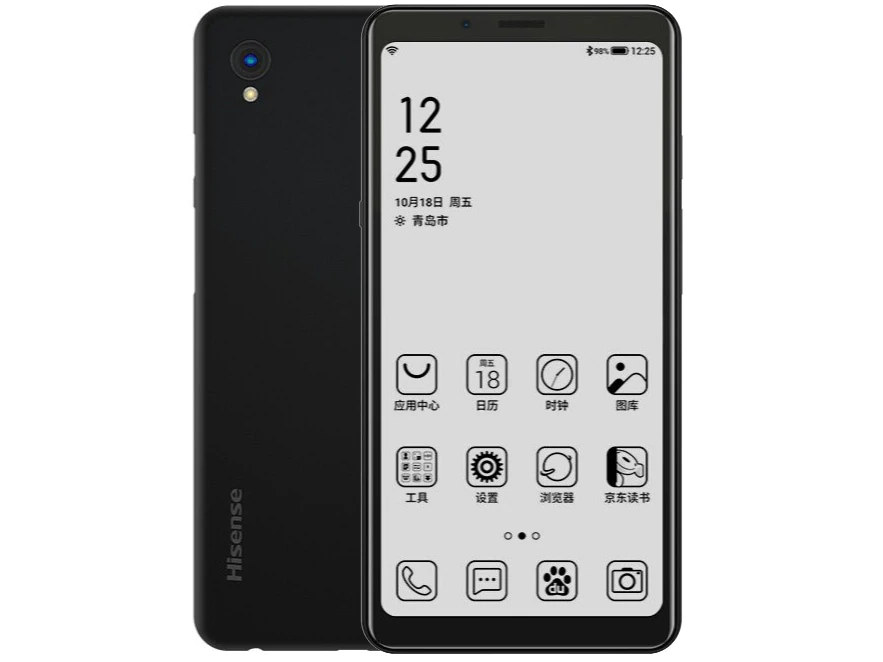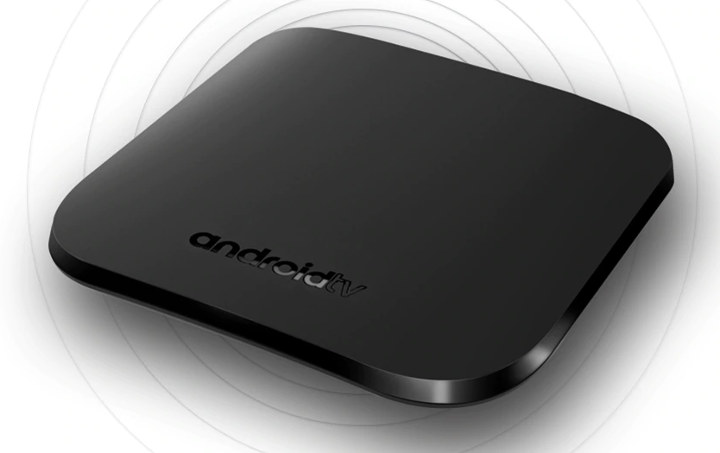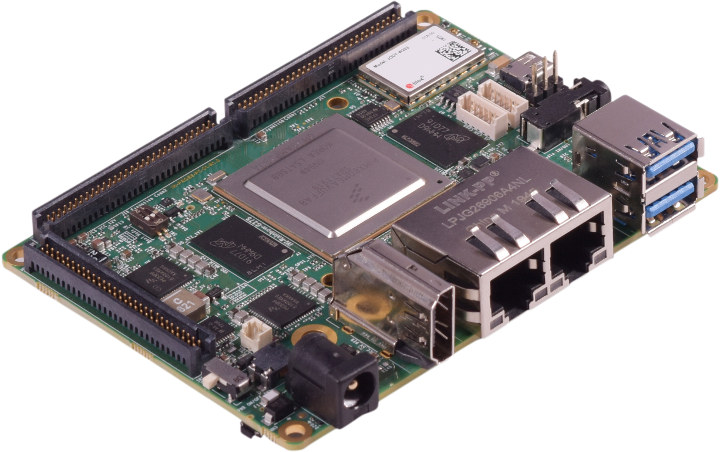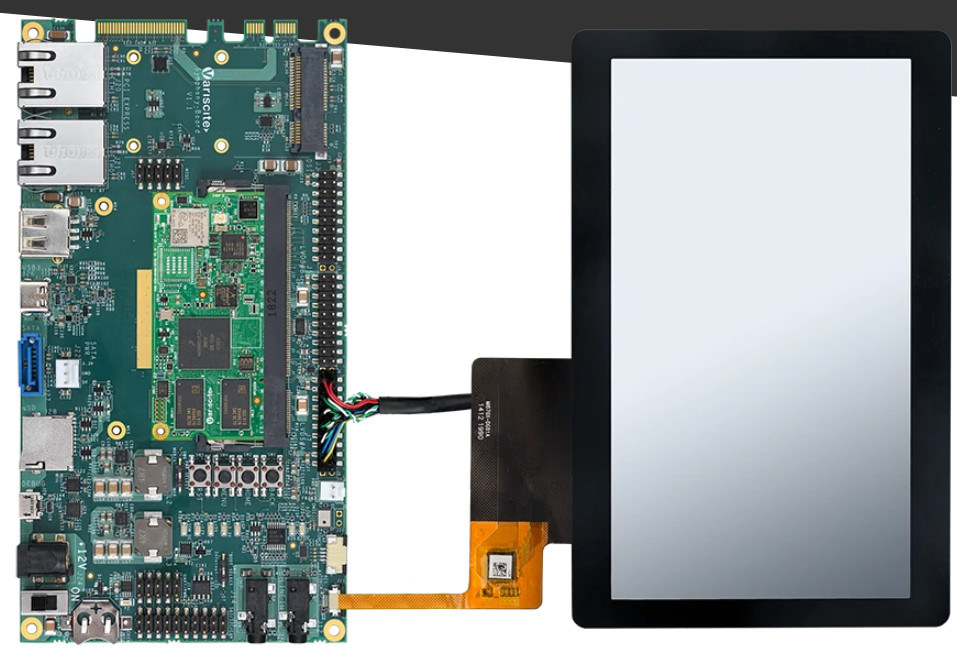If you thought we didn’t have enough Rockchip RK3399 SBCs already, Pine64 is working on a smaller and cheaper version of the RockPro64 single board computer with HardROCK64 SBC powered by RK3399 processor and following Raspberry Pi form factor. HardROCK64 specifications: SoC – Rockchip RK3399 hexa-core processor with 2x Arm Cortex-A72 @ up to 1.8 GHz, 4x Cortex-A53 @ up to 1.4 GHz, a Mali-T864 GPU, and a VPU with 4K VP9 and 4K 10-bit H265/H264 decoding System Memory – 1GB, 2GB or 4GB LPDDR4 Storage – SPI flash, eMMC flash socket, MicroSD card slot Video Output – HDMI 2.0, AV port, MIPI DSI connector Audio – Analog stereo audio via AV port, digital audio via HDMI Camera – MIPI CSI connector Connectivity – Gigabit Ethernet, dual-band WiFi 5 (802.11ac) and Bluetooth 5.0 USB – 2x USB 3.0 ports, 2x USB 2.0 ports Expansion – 40-pin Raspberry Pi compatible header […]
Reolink Argus PT Review – A Solar powered Pan-Tilt Security Camera
Last year, I reviewed Reolink Argus Eco solar powered security camera, and I’m still using it to date. It’s working fairly well, although sometimes motion detection will not be triggered, or triggered too slowly so it’s not impossible to miss important footage. The PIR function can be tweaked so maybe it’s just a question of finding the right settings for a given location. Nevertheless, the company has now launched a new model called Reolinkg Argus PT that is very similar to the Argus Ego but with PT (Pan, Tilt) function, and I received a sample for review. Since both models are so similar, I recommend reading Argus Eco review first, as I’ll focus on the differences. Reolink Argus PT Unboxing I received two packages like las time: the camera itself, and Reolink solar panel. The camera comes with a WiFi antenna, a wall-mounting set, a USB cable, and some documentation. […]
Ntablet Android & Linux Tablet Features a Replaceable RK3288 CPU Module, GPIO Board
Most tablets on the market either run Android or Windows, and while some have tried to launch Linux tablets, none of the products have really caught on, although the upcoming PINETAB might change that. Another option might be Ntablet 7″ tablet that runs either Android, Debian or WebOS Linux operating systems, but also offers some innovative features such as a replaceable Rockchip RK3288 CPU module, and an external GPIO board for makers. Ntablet hardware specifications: SoC – Rockchip RK3288 quad-core Cortex-A17 processor @ 1.8 GHz with Mali-T760 quad-core GPU System Memory – 2GB LPDDR3 Storage – 16GB eMMC flash, MicroSD card slot up to 32GB Display – 7″ touchscreen IPS display with 1920×1200 resolution Video Output – Micro HDMI port Audio – 3.5mm headphone jack Camera – 5MP front-facing camera (OV5648 sensor) Connectivity – 802.11b/g/n/ac WiFi 5 and Bluetooth 4.0 via Ampak AP6255 module USB – 1x USB 2.0 port, […]
Google Android Flash Tool Allows You to Flash AOSP From a Web Browser
The Android Open Source Project (AOSP) and projects derived from it usually requires flashing the firmware from the command line. It works for developers for it may not be that convenient for end-users. Google Android Flash Tool aims to simplify everything by allowing people to flash AOSP from a web browser. Bear in mind there are currently some limitations. First, you need to have a web browser that supports WebUSB and right now it includes Chrome, Edge (driver required), and Opera. If you use Firefox, for instance, you’ll be asked to download Chrome. The tool does not work to flash Android into tablets or Chrome OS devices, and currently only works on recent Pixel phones (Pixel 2 or newer), and Hikey development boards. But if you have either of those you could enter the tool page, connect the phone or board to your computer via a USB cable, select the […]
Hisense A5 5.84″ e-Paper Android Smartphone Promises Up to 10-Day Battery Life
We’ve previously covered smartphones with a black and white e-Paper display usually placed on the back of the phone, while a traditional full-color display is placed at the front. Some models include Yotaphone 2 and Hisense A2, and the advantage of the e-Ink display is that you can extend battery life, quickly check notifications without unlocking your phone, reads book even in bright lights, etc.. but the cost goes up quite a bit since the manufacturers have to integrate two displays in their devices. Hisense A5 does completely away with the traditional color display and replaces it with a 5.84″ e-Paper display with 1440×720 resolution. The display is black and white, and the slow refresh rate of such display will make it impractical to watch videos and play most games, but if all you do is check emails, browsing the web, reading e-books, accessing social networks, and making phone calls […]
Mecool M8S Plus W TV Box Sells for Less than $15 (Promo)
Mecool M8S Plus W is just another Amlogic S905W based Android 7.1 TV box fitted with 1GB RAM, and 8GB eMMC flash. I would certainly not recommend this device for the best user experience, but if you’d just like to play some videos or tinker with the box, the price is hard to beat as the TV box currently goes for $14.96 plus shipping (around $1 extra here) Mecool M8S Plus W specifications: SoC – Amlogic S905W quad-core Cortex A53 processor with Mali-450MP GPU System Memory – 1GB DDR3 Storage – 8GB eMMC flash, no MicroSD card slot Video & Audio Output – HDMI 2.0 output, AV port with composite video and stereo audio Video Decoding – H.265, H.264, and VP9 up to 4K @ 30 fps Connectivity – 2.4GHz 802.11b/g/n WiFi 4, no Bluetooth, no Ethernet USB – 2x USB 2.0 port Misc – Power LED, IR receiver Power […]
iWave Systems Launches NXP i.MX 8QuadMax / i.MX 8QuadPlus SBC
NXP i.MX 8 series family offers plenty of options from the i.MX 8X Cortex-A35 processor to i.MX 8QuadMax octa-core processor with two Arm Cortex-A72, four Arm Cortex-A53, and two Arm Cortex-M4F cores. We already covered plenty of i.MX 8 hardware on CNX Software, including a fair amount of i.MX 8QuadMax systems-on-module such as Toradex Apalis iMX8, iWave Systems iW-RainboW-G27M SMARC 2.0 SoM, Advantech ROM-7720 Qseven 2.1 computer-on-module, and others. But for some unknown reasons, there haven’t been that many i.MX 8QuadMax single board computer, and AFAICR we only wrote about Seco SBC-C43 board so far. But there’s now another option thanks to iWave Systems iW-Rainbow-G27S Pico-ITX SBC equipped with a choice of i.MX 8QuadMax or i.MX 8QuadPlus processor and up to 8GB RAM. iW-Rainbow-G27S specifications: SoC (one or the other)— NXP i.MX8 with VPU and HiFi4 DSP: NXP i.MX 8QuadMax with 2x Cortex-A72 cores, 4x Cortex-A53 cores, 2x Cortex-M4F real-time […]
Variscite Introduces i.MX 8M Mini and Nano SoM’s, Symphony Carrier Board
NXP i.MX 8M Mini and i.MX 8M Nano are lower cost and lower power variants of NXP i.M 8M processors manufactured using a 14nm FinFET process, and cutting some features such as HDMI and embedded DisplayPort, or hardware video decoder. NXP i.MX 8M Mini has been announced for over two years, so we’ve already written about many boards and systems-on-module (SoM) including Boardcon EM-IMX8M-MINI SBC, TechNexion XORE LGA SoM, or Congatec conga-SMX8-Mini SMARC 2.0 module among others. NXP i.MX 8M Nano is more recent, and we only covered a few announcements so far namely iWave Systems iW-RainboW-G34M-SM SoM and Conga-SMX8-Nano SMARC 2.0 computer-on-module. There’s now at least a third company working on a “Nano” module with Variscite announcing VAR-SOM-MX8M-NANO SoM together with a “Mini” version called VAR-SOM-MX8M-MINI, and Symphony carrier board and development kits. VAR-SOM-MX8M-MINI & VAR-SOM-MX8M-NANO Modules Both modules are part of Variscite VAR-SOM Pin2Pin family, and share the […]


